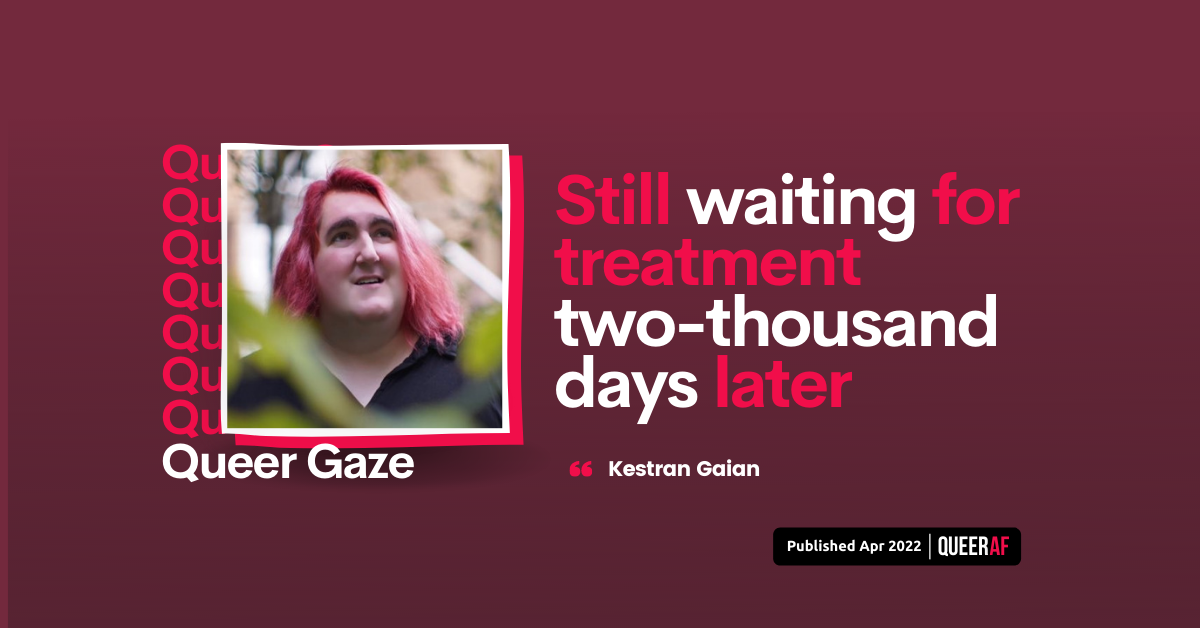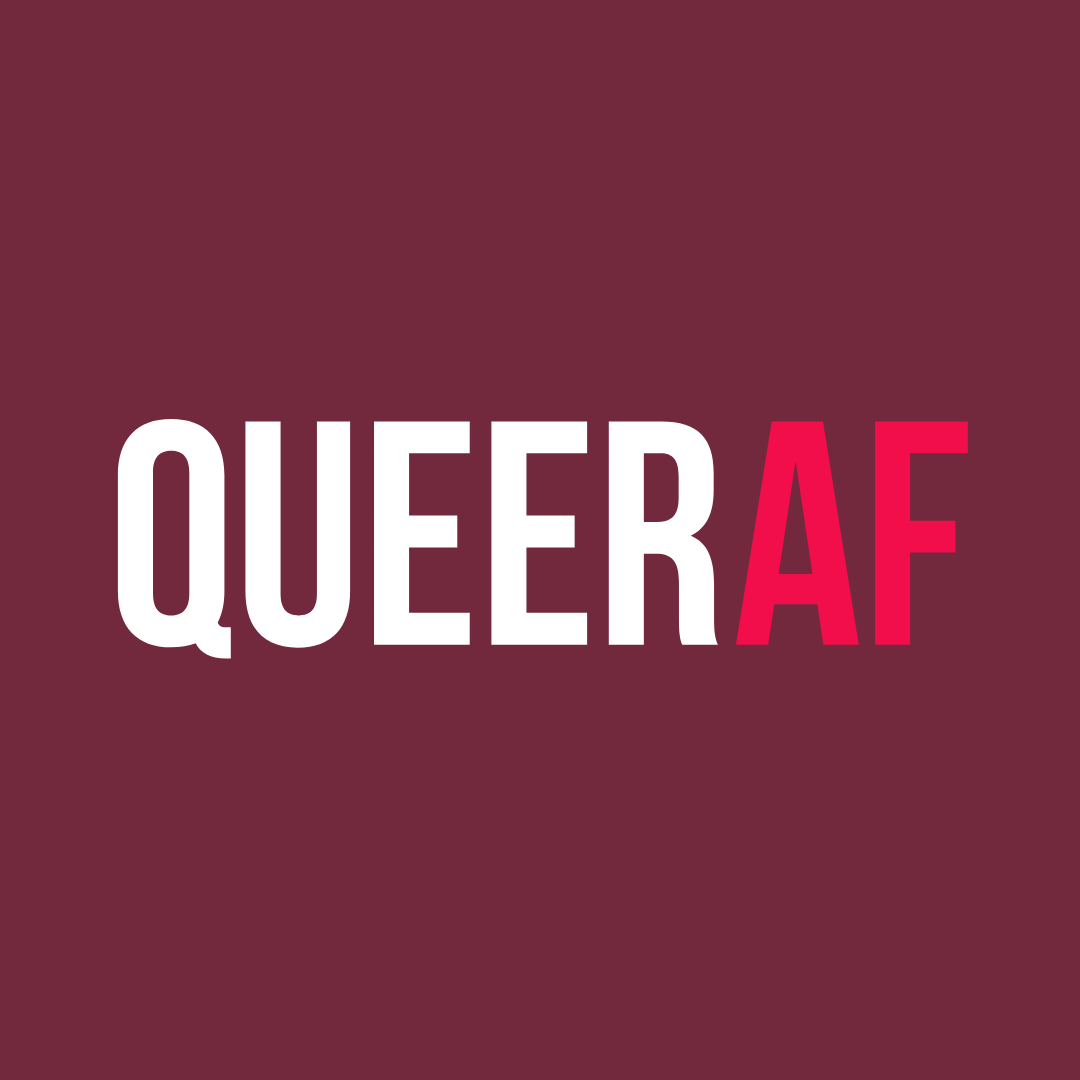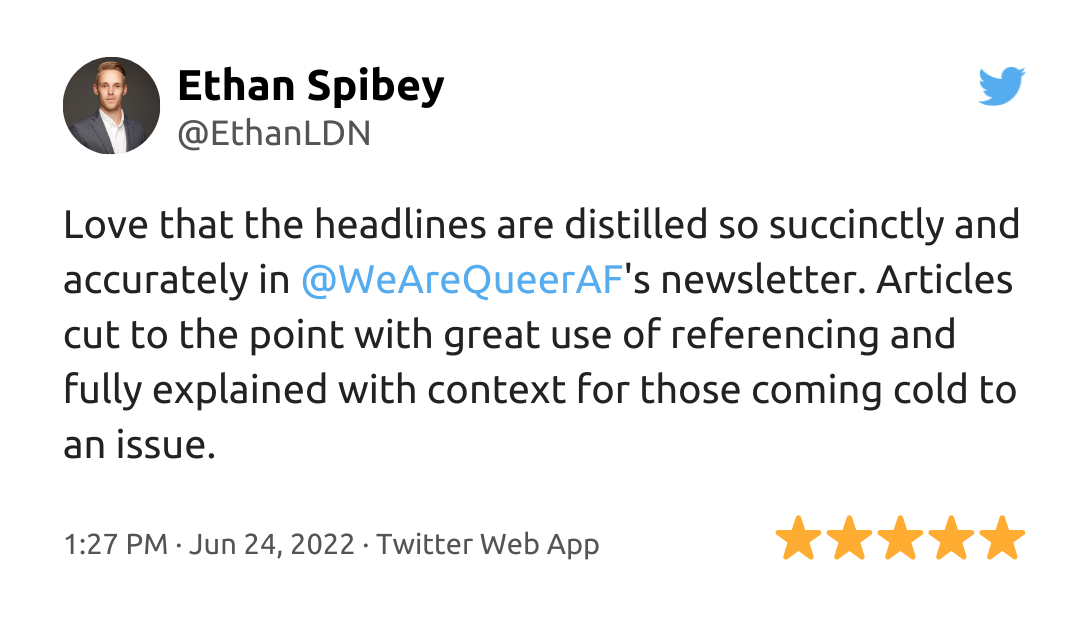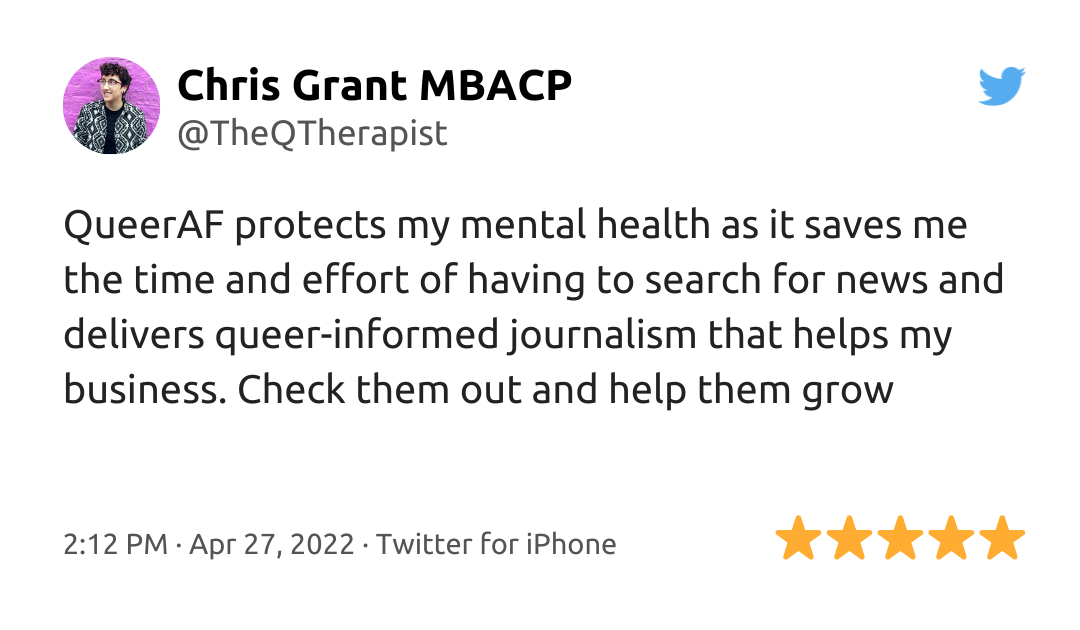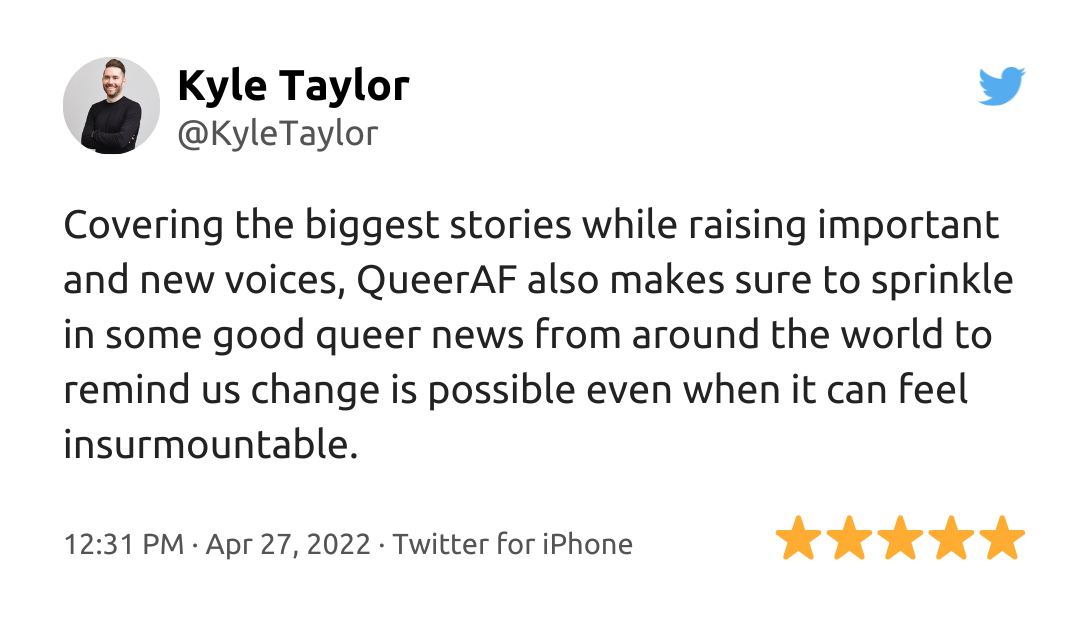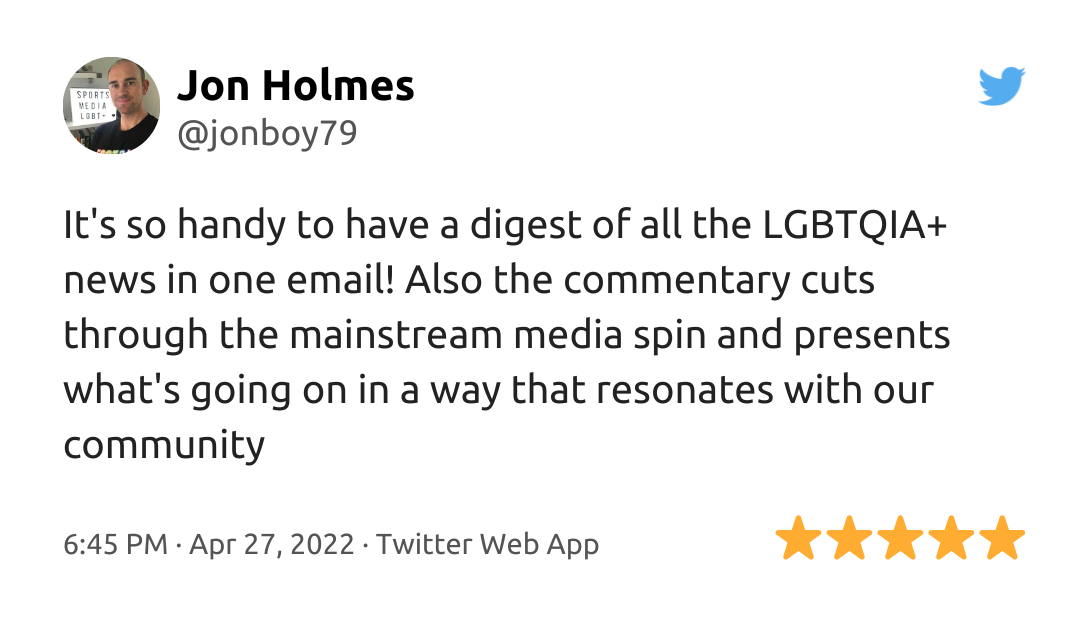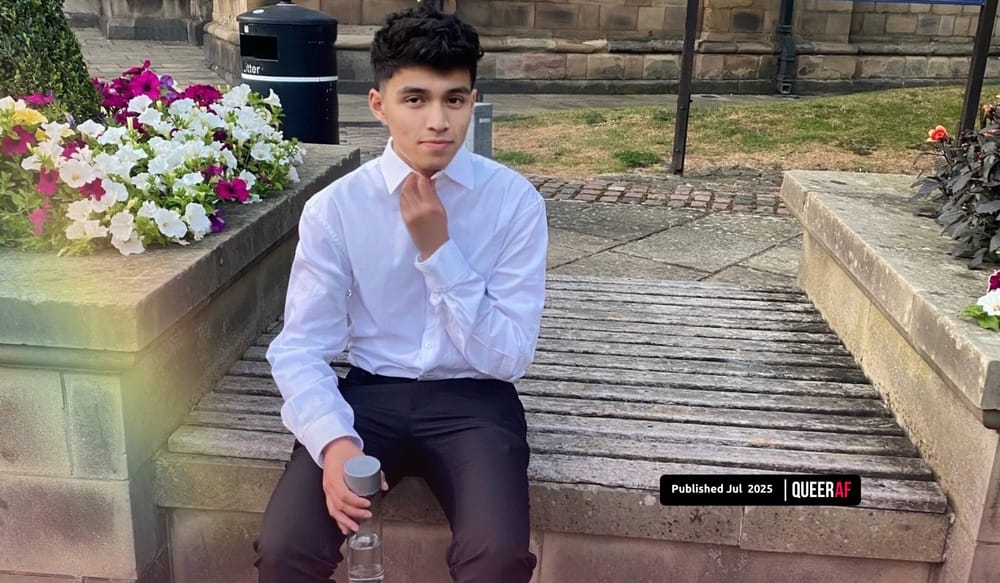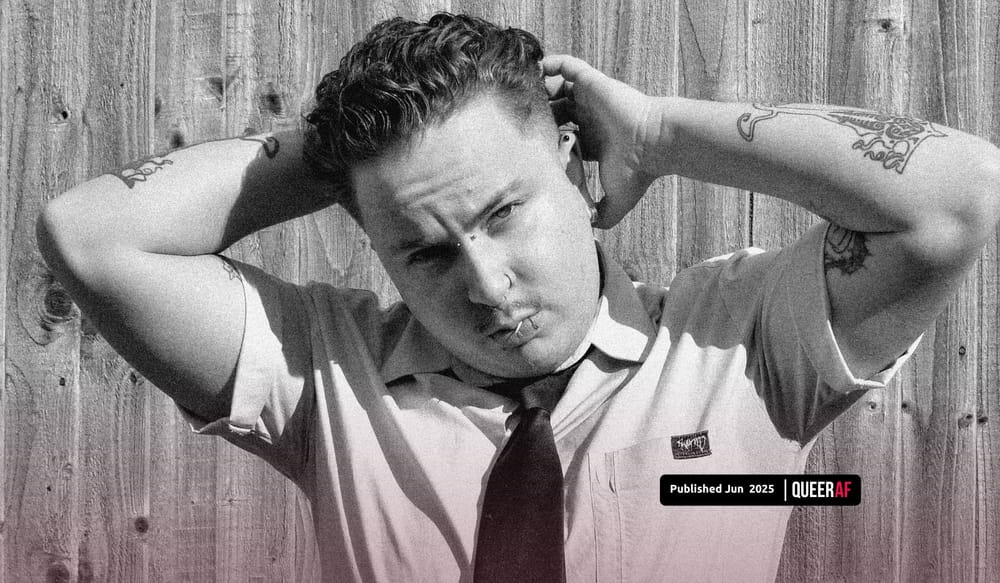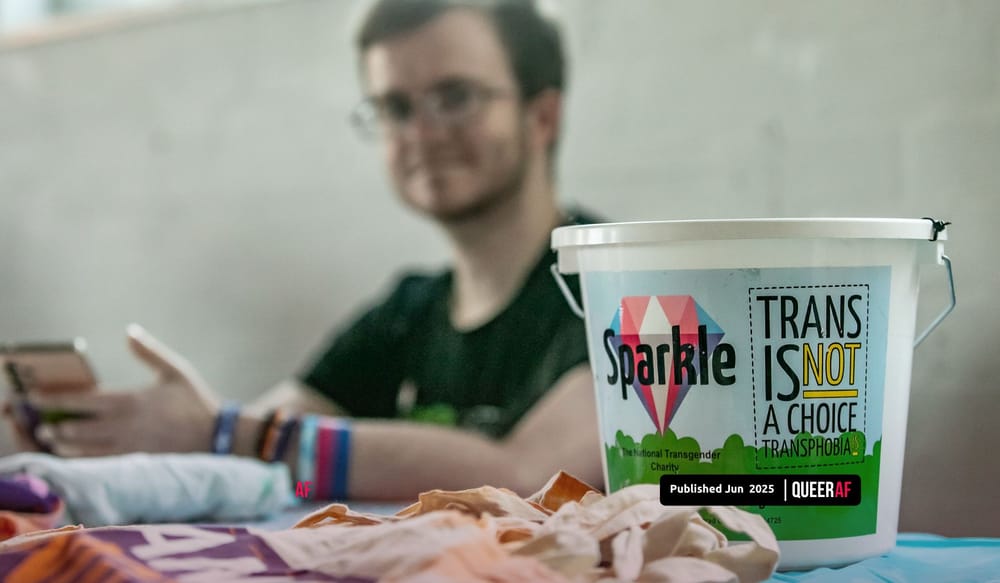
I first came out as trans when I was 27, but a decade later - I’m still waiting for treatment.
All I seem to see is feel-good storied about how quick transition can be – so why isn’t mine?
A few weeks ago, noted actress Abigail Thorn wrote about her experiences in the Metro, a year after publicly coming out.
“My body became a home rather than a vehicle for commuting in”, she said. A sentiment mirrored by countless other trans people. So why is my experience so different?
Some days my body feels less like a temple, and more like a slow-moving train en route to Grimsby.
The more I dug away at these feelings, the more I uncovered the hidden costs of the UK’s trans healthcare crisis.
I got a prescription from the Gender Identity Clinic for Hormone Replacement Therapy two-thousand days ago.
I’ve asked several times for more support – for hair removal, voice therapy, surgery consultations and counselling.
All of these have been met with an enthusiastic “yes,” followed by a heart-breaking “but…”
Waiting lists are long, even once you’re in the system. Over six years after my first appointment I’ve still got nothing more than basic hormones.
The transgender community talks a lot about waiting lists and barriers to entry. But it’s more than that:
The clinic holds my life in its hands.
What we don’t discuss is the emotional whiplash people get after the elation of the first appointment or prescription, only to be left high and dry, with no additional support.
With the LGBTQIA+ community more prone to poverty and homelessness, going private simply isn’t an option for the vast majority. It certainly isn’t for me. Recent Stonewall research shows COVID-19 has only made this worse.
Medical intervention isn’t for everyone, and should never be used as an indication of whether someone is ‘trans enough’.
But access to good transgender healthcare is proven time and again to be life-saving. We need it now.
Positive stories like Abigail Thorn’s are important. They’re hugely life-affirming and show us how amazing life thriving as a trans person in the public eye looks.
But we need to balance this with the vulnerable side of life as a trans person.
Let’s share our stories of positive affirmation and transition goals. Voice our frustration about the lack of continuity of care.
Let’s come together and tell cis people – who don’t know the joy or the pain of trans existence – how life-saving healthcare reform could be.
And who knows? If we do this together, maybe by the time I’m 40, things will have changed: I’ll have heard back from the clinic that holds my life in its hands.
The Queer Gaze is just one part of our weekly newsletter that summarises, understands and explains the queer news of the week. Support queer creatives by signing up and sharing this piece.
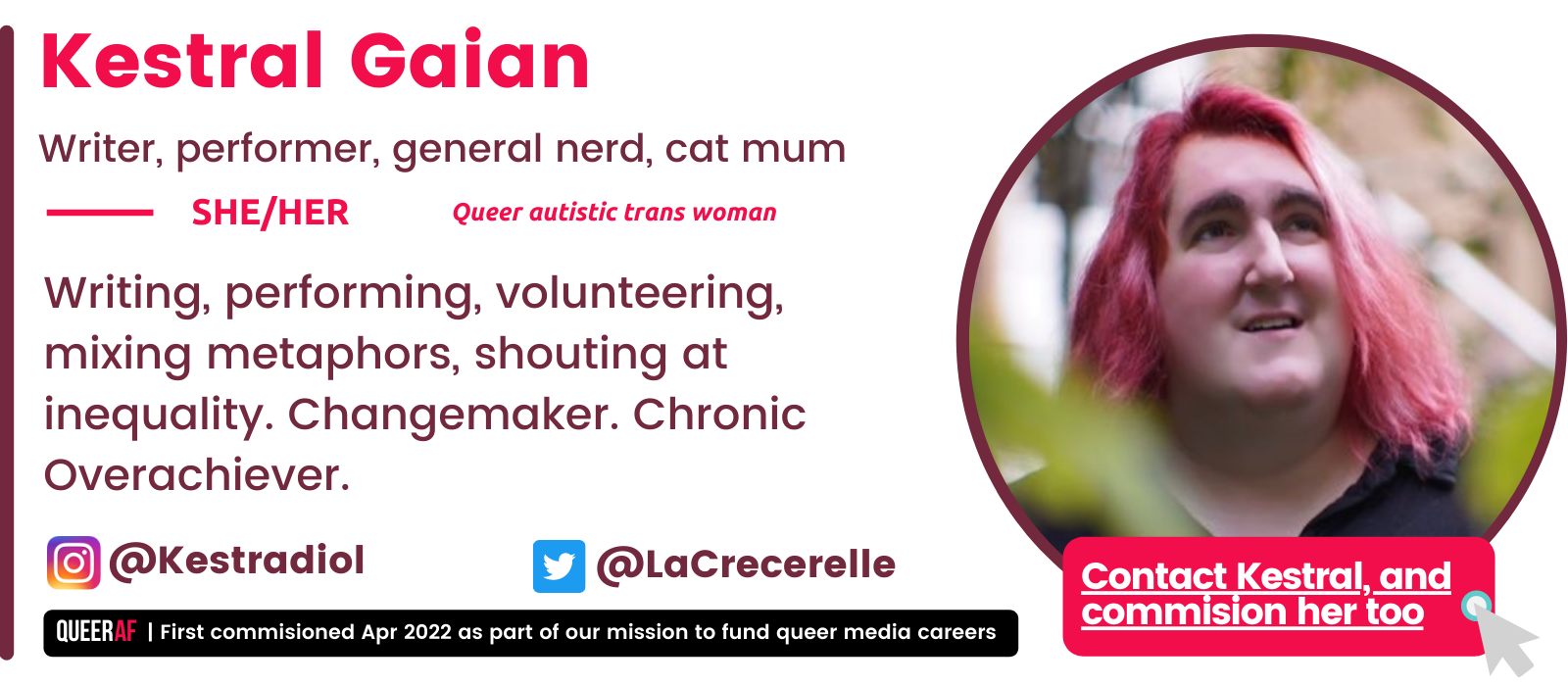
What is QueerAF?
We are an independent platform launching the careers of emerging and LGBTQIA+ creatives driven by people, not advertisers.
The Queer Gaze is our landmark scheme commissioning, mentoring and running skill sessions with queer writers.
We rely on members like Kyle Taylor who directly funded this piece.
It was produced by queer creative Kestral Gaian. You can support them and other underrepresented LGBTQIA+ creatives now.
Join Kyle. Become a QueerAF member to directly fund more of Kestral's incredible storytelling - and see your name here.
We are QueerAF, and so are you.


